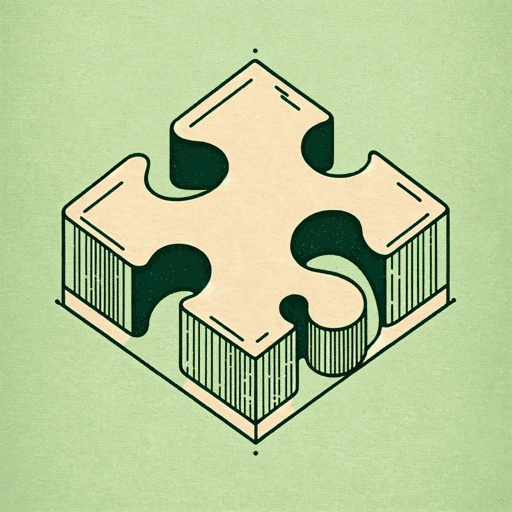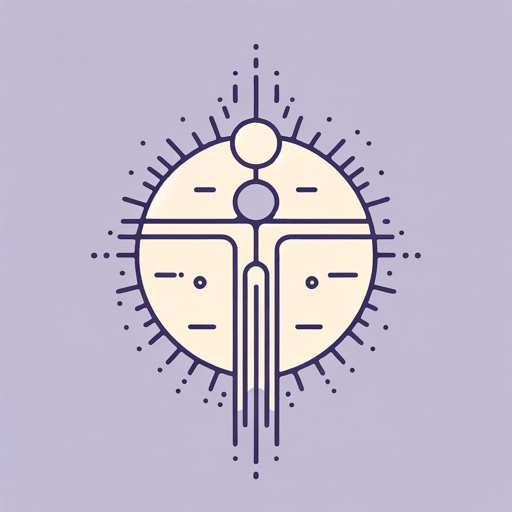45 pages • 1 hour read
Émile DurkheimThe Division of Labor in Society
Nonfiction | Book | Adult | Published in 1893A modern alternative to SparkNotes and CliffsNotes, SuperSummary offers high-quality Study Guides with detailed chapter summaries and analysis of major themes, characters, and more.
Book II, Chapters 3-5Chapter Summaries & Analyses
Book II: “The Causes and Conditions”
Book II, Chapter 3 Summary & Analysis: “Secondary Factors”
This chapter explores how the common consciousness weakens as the division of labor develops. Whereas similarities force individuals to seek differentiation, the common consciousness does the opposite, encouraging people to seek commonalities. Durkheim argues that social evolution is what ultimately pushes “civilized” societies to seek differentiation over commonality. This is because the division of labor cannot occur in societies where moral and penal law actively prevent specialization. Religion, for example, is a form of common consciousness that regulates people’s practical functions. If it exerts a strong control over social life, then people are not encouraged to seek independence and diversification cannot occur.
Durkheim observes the progression of civilization and concludes that an increasingly complex external environment forces the common consciousness to give way to more individual freedom. It gives rise to rationality and logic, which creates room for greater diversification. For example, “primitive” societies believed divine power resided in material objects which exist in the environment. Due to their proximity, they are believed to exert direct power over nature and humanity, thereby encouraging people to behave in a certain way and preventing the growth of individual variation. However, gradually, divinities develop into gods that transcend the material world and exist outside of the human realm; they no longer enjoy an absolutist rule over people but rather only offer guidance.


